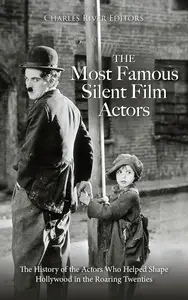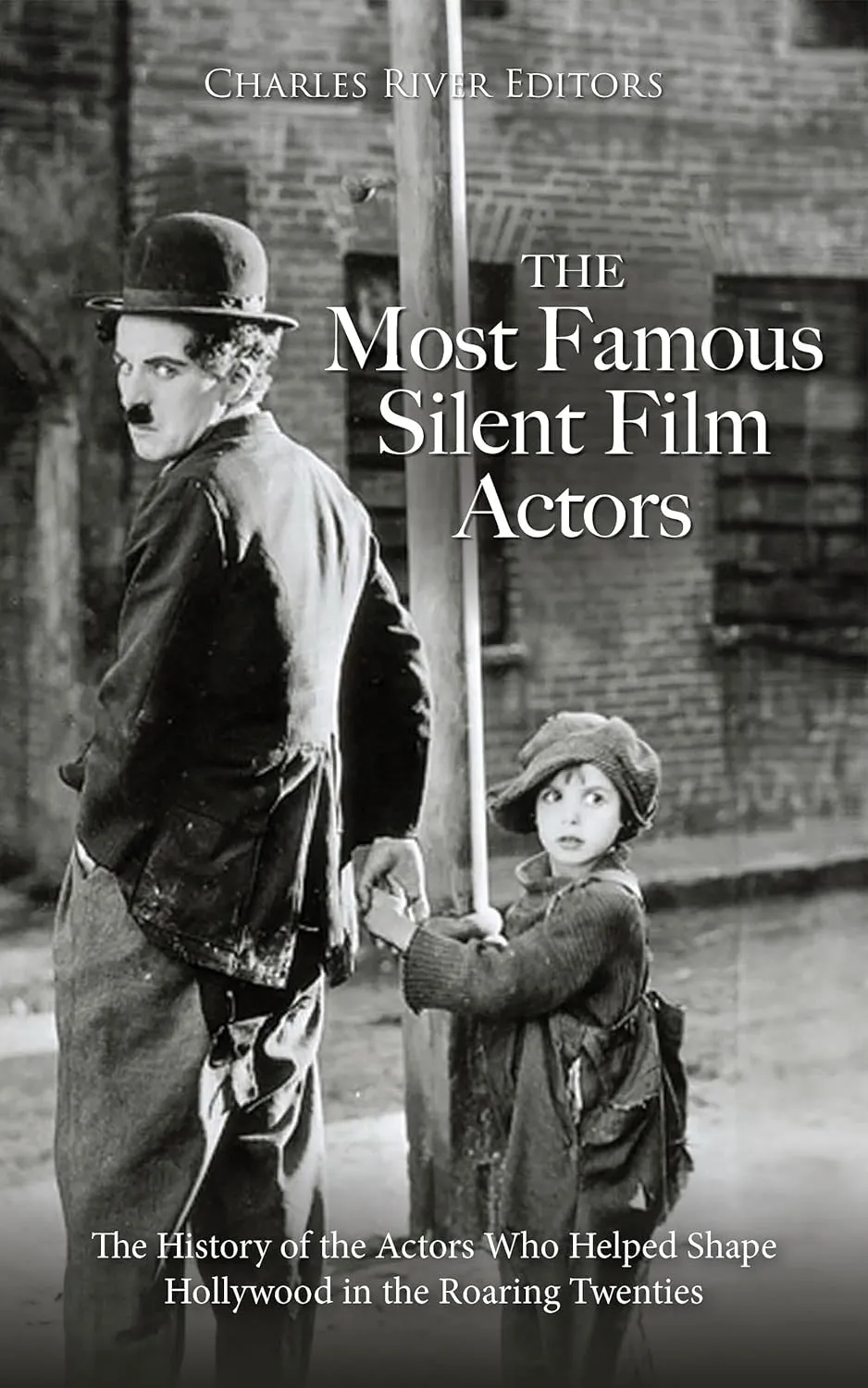The Most Famous Silent Film Actors: The History of the Actors Who Helped Shape Hollywood in the Roaring Twenties by Charles River Editors
English | December 5, 2024 | ISBN: N/A | ASIN: B0DPR9TFN1 | 187 pages | EPUB | 17 Mb
English | December 5, 2024 | ISBN: N/A | ASIN: B0DPR9TFN1 | 187 pages | EPUB | 17 Mb
Only a select few actors become international stars in their time, but none had as unique a career as Charlie Chaplin. Chaplin was the first true film star, and he managed to do so even when films were still silent. He has been honored with too many awards to count, and the fact that his name remains instantly recognizable nearly a century after his first film is a testament to his influence.
Even today, Chaplin’s films are arguably more recognizable than those of perhaps any other actor or director; everyone is familiar with the famous “Tramp” costume and persona, and even the casual film enthusiast has likely seen films such as City Lights (1931) and Modern Times (1936). Chaplin is known for the singular blend of pathos and humor evinced by his films, and it is not uncommon for audiences to laugh and cry at alternate points of a Chaplin film, a trait that continues to endear audiences even to this day.
In the 1920s, the burgeoning movie industry was starting to come into its own, and alongside actor and director Charlie Chaplin, Buster Keaton was at the peak of Hollywood. It’s no surprise that Keaton was so effective in silent films, because he had been practicing comedy in his family’s vaudeville acts as “The Little Boy Who Can’t Be Damaged”, becoming a popular performer by the age of 5. Indeed, his physical form of comedy, which initially involved having his father throwing him around the stage, translated well onto the screen, and some of his slapstick and other comic gags remain legendary even today, in part because Keaton practiced his own stunts. In fact, Keaton wrote his own material and was a crucial comic influence on acts like The Marx Brothers and The Three Stooges. In addition to being one of the foremost comedians of his time and writing his own stuff, Keaton also directed many of his own films, and he mastered the use of cameras at a time when film was still relatively new.
When the American Film Institute listed the greatest actors of the 20th century, Keaton came in 21st, and second among the silent film stars behind Chaplin, but the transition to making talkies didn’t go as smoothly for him. Keaton had developed a deadpan stare no matter what happened to his character or what stunt or “accident” befell him, which added comedic effect in vaudeville and silent films, but when sound moved the focus to dialogue, Keaton’s physical brand of comedy didn’t go over as well.
Everything about Rudolph Valentino, from his body to the characters he played, was exotic. His career may have been abbreviated by his premature death at the age of 31, but Valentino popularized the (somewhat racist) stereotype of the “Latin lover” in Hollywood, and even his name was markedly more out of the ordinary than those of other actors. In an era dominated by hyper-masculine actors like Douglas Fairbanks, or comedians such as Charlie Chaplin and Buster Keaton, Valentino had a more ethnic and mysterious appeal, and he was lusted after by women to a degree that remains unsurpassed in the industry. The extent to which he captivated America can be seen in the response to his death; after passing away from a perforated ulcer in 1926, Ashton Trice and Samuel Holland note that his funeral “was one of the pop culture events of the century,” and devastated women are alleged to have committed suicide out of heartbreak.
Rudolph Valentino’s skill as an actor is not always recognized in discussions about the famous star, but his acting style and cultural importance were quite influential. It’s particularly important to take note because Valentino represented a turn toward a masculinity that was softer and, in a sense, more effete than that of his peers. There is no possibility of fully uncovering the mystique of Valentino, but his reputation had a dramatic effect on Hollywood moving forward.



